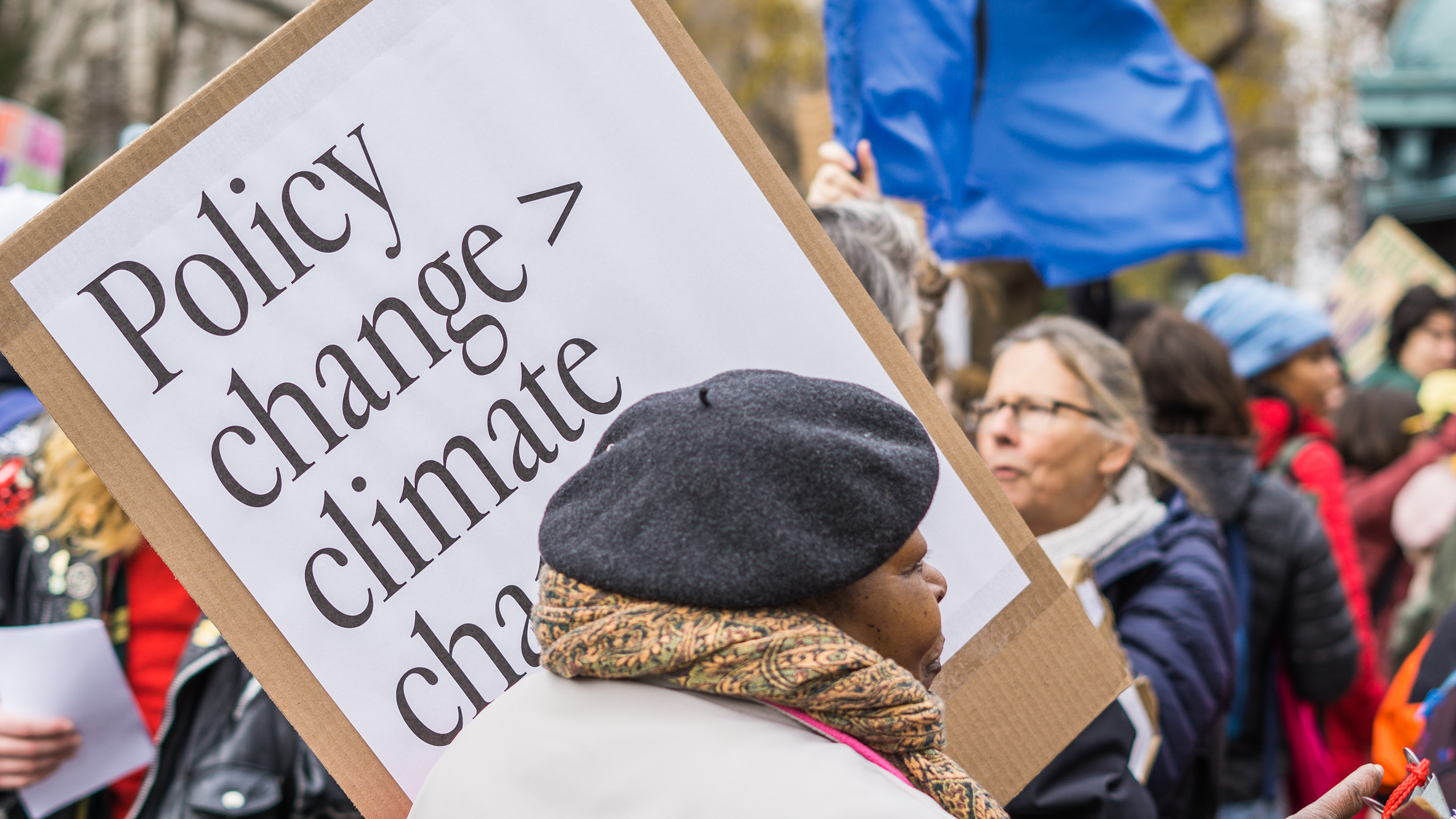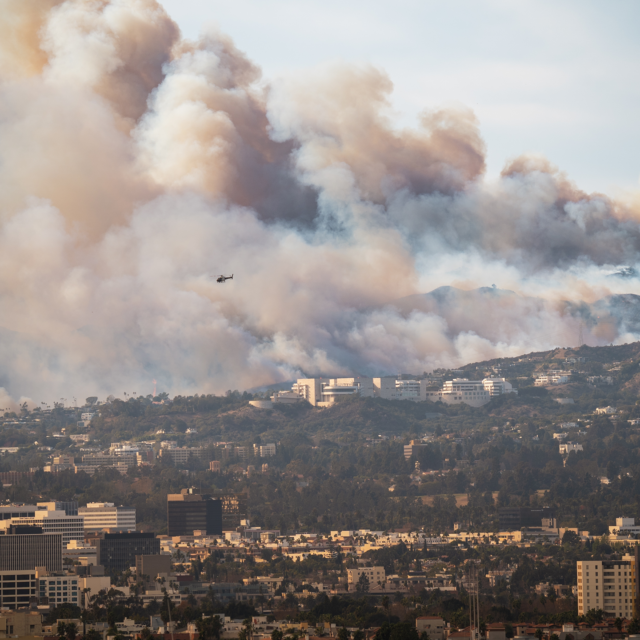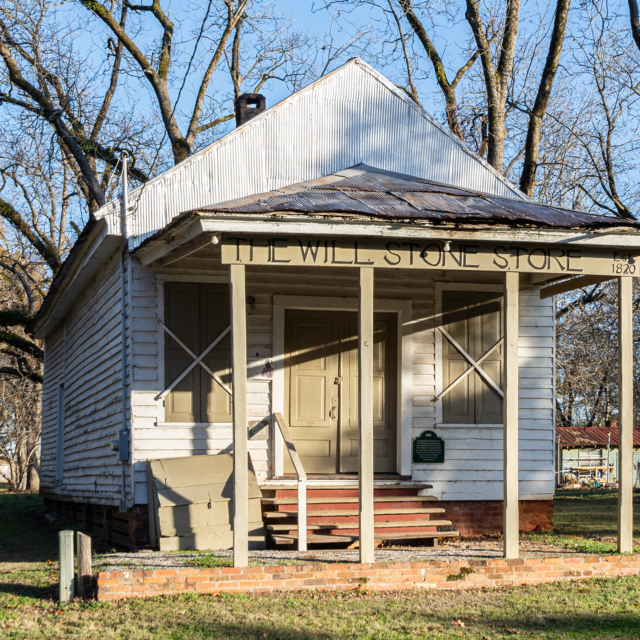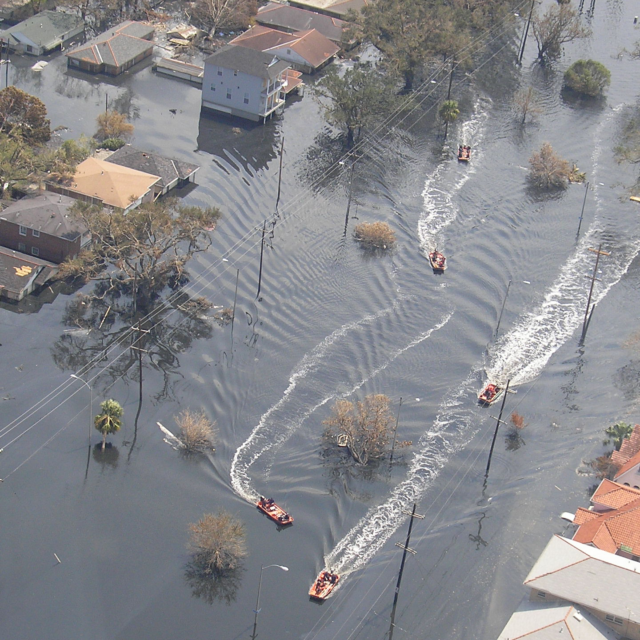Hello. I am Taylor Griffith, the Ten Across digital journalism fellow. In January I attended the Ten Across Summit in Houston. In this “The Future is Here” blog series, I am reflecting on salient themes I heard in summit discussions and how I see them reflected in my own life and career.
In today’s world, there is no shortage of humanitarian or climate-related concerns. In my last column, I highlight several that were addressed at the 10X annual summit earlier this year. Throughout this event, I observed a common challenge among many panelists: existing communication pathways have become compromised by either redundancy, misinformation, or audience fatigue for climate reporting.
At a time when we need it most, public trust in institutions of research, communication and governance is experiencing a historic decline. The reasons behind this are evident.
Personalized media platforms have become a leading source for news among Americans, fostering the formation of ideological silos among audiences, which by their nature, discourage crosschecking of sources or subject matter.
Within the world of public policy development and research, discussions around environmental protections have been slowed by partisan divides, leaving a large swath of the country expecting more from government climate action plans.
Those on the frontlines of climate-related research, journalism, and governance noted both their awareness of this trend and the need to support more transparent leadership and communication in discussions this January. Here are some of my key takeaways from what they had to share.
Climate in the Media
Matt Thompson, editor of The New York Times’ “Headway” project, and one of the featured journalists who participated in the summit’s “Journalists on the Frontline of a Knowable Future,” panel, provided insight for where reader trust begins and ends within the world of media and ways in which it can be improved.
“We (news outlets) tell people things and then they check them against their own impressions of what they see happening in the world around them and according to that, they decide whether they trust us, or they don’t.”
Although committed to climate reporting, legacy media outlets such as The Times can unintentionally add to audience distrust, explained Thompson, when they deliver a dramatic analysis of one community or region only to then “disappear for decades.” While the issue of a declining Colorado River is frequently on the front page today, when the paper first reported anticipated timelines for hitting dead pool on Lake Mead in the early 2000s, he believes there was inadequate follow up on the story in the years following.
With that in mind, many outlets and reporters are reimagining ways in which they can improve the depth of their reporting and audiences’ trust and interest in their findings.
Another panelist and reporter for the ProPublica-Texas Tribune Investigative Initiative, Perla Trevizo, has over 10 years’ experience reporting on immigration and the environment. In that time, she has seen a range of reactions from the public and local legislators in response to her work.
Her work uncovering disinformation around the effectiveness of Texas Governor Greg Abbott’s four-billion-dollar border project, for example, attracted several interviews on local radio and television programs at the time of its release. But “at the state level, very little has happened,” since, said Trevizo.
Still, she sees plenty of opportunity for innovative, community-based reporting to effect great change. Trevizo used ProPublica’s investigative report on air quality impacts of cane sugar farming in Florida as an example. Instead of relying on data collected from a malfunctioning air monitor, the reporters connected with six air-quality and public health experts to collect their own real-time data.
Once they had those numbers on their side, says Trevizo, “the lawmakers paid attention and the EPA paid attention — and it’s not because we didn’t know the problem existed. It was a story that had been reported before.”
Barriers to Action in Public Policy
The challenge of highlighting difficult topics and data frequently extends into the public sector, which is arguably one of the more crucial environments for such dialogue to take place.
Phoenix’s Vice Mayor Yassamin Ansari spoke to this difficulty in a summit discussion with federal, state and local leaders involved in community risk assessment. To highlight certain issues as a public official, she said, “even when there’s so much data behind it, is to be seen as ‘alarmist.”
But without transparency from these officials, it can be difficult to generate civic demand that could lead to the passage of sustainable projects or supportive legislation for the varied challenges ahead.
Ideally, this effort to involve the public would begin at the research stage. As we heard from four experts taking part in the “Taking the Measure of Water: How Much Do We Really Have?” panel, when studies and reports commonly shared amongst policymakers and legislators are made more accessible to the public, it becomes easier for people to justify the latest rate hike or infrastructure project that could help their city develop resilience to climate impacts.
To do this, “we have to communicate through the media,” said Yvonne W. Forrest, deputy director of Houston Water, “through our local media, through print media — whoever will help us tell our story…to get (the public) comfortable with the topic and help them to care as much as we do.”
Forrest later stressed the importance of context and delivery when making certain data public. Fortunately, I observed consideration of these two factors to be a cornerstone in the relationship between many climate reporters and academics on stage.
This was reflected as professionals across many disciplines shared their ideas for narrativizing and dispersing specialized climate research in a way that the greater population can understand, so that more members of our community can have a stake in the future we are building.
How We Move Forward
I’ve struggled for some time to find a way to respond to this concluding section and avoid the mild nihilism which appears when assessing the varied and systemic challenges journalists and public officials now face in speaking to the climate crisis.
In my research I found countless rabbit holes and historic trends to unpack within the three professional sectors at the center of this piece. If I would have addressed them all, this easily could have become my first book.
My hope in writing this series is to inspire an individual curiosity into the Ten Across initiative and the ways in which it is bringing together experts, organizers, and community leaders across the southern tier of the U.S. to share ideas for solving the greatest issues of our time. This often includes looking into the nuances of the media and governance paradigm.
Although those reporting on, researching and adapting policy to the current climate crisis may often feel their work has fallen on deaf ears or led to little social change, recent rates in civic demand for climate action may prove otherwise. Four-fifths of the country would like to see a prioritization of renewable energies over fossil fuels and fifty-two percent of Americans believe this transition should take precedent over national economic growth.
But our window to keep warming within 1.5 degrees Celsius could close within this decade if we do not see a rapid decrease in global carbon emissions, according to the latest U.N Intergovernmental Panel on Climate Change report. The urgency of this scientific forecast was not lost on our panelists meeting in Houston — historically dubbed the ‘energy capital of the world’ — which is now eyed for being a leader of the global energy transition.
Next time, we’ll look at the historic and modern obstacles to achieving this transition, featuring perspectives from a former oil industry executive, leaders of the LA100 renewable energy project, and more.
About Taylor Griffith
Taylor was born and raised in Chandler, a city just outside of Phoenix, Arizona. As a proud citizen of this beautiful, diverse, and sometimes relentlessly hot state; issues related to water, equity, and climate change are influential to her work as the current digital journalism fellow at Ten Across and previous bylines in The Coolidge Examiner.




